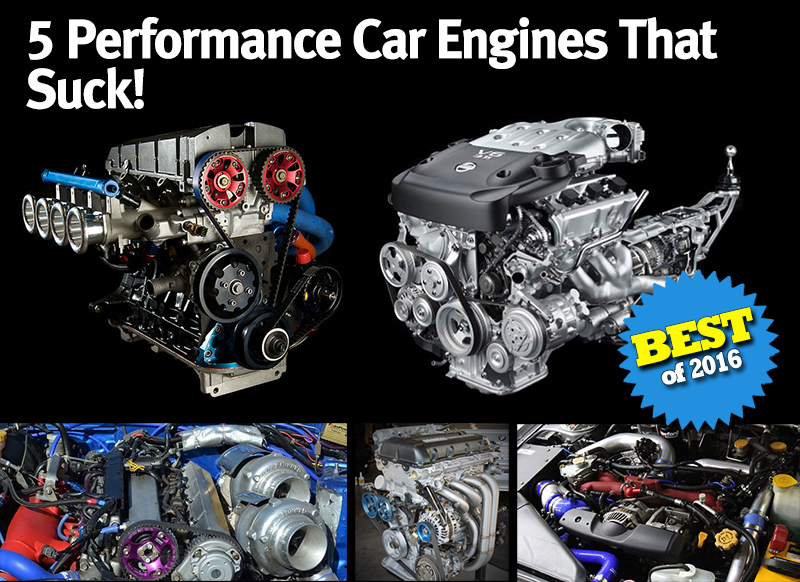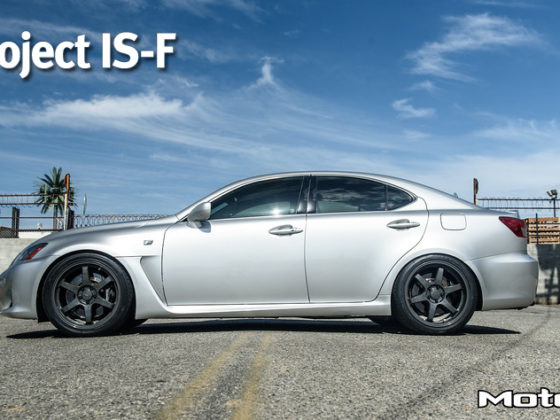,
2. Nissan RB26DETT
This legendary engine is the most known as being the powerplant for the infamous game changer car, the BNR32 GT-R, and it powered the GT-R in all of its variants until the current R35 was introduced. The RB26DETT was also available in the 250RS RS4 Stagea wagon.

We personally love the RB and its sweet exhaust note but when trying to race one, the ugly parts of the design come out. The main issue that is the Achilles heel of the RB26 is its pathetically weak oil pump. When passing much more than 400 whp, which is easily done with just bolt-ons, and when exceeding the factory rev limit at all, the oil pump gears fracture and cause immediate and catastrophic engine failure due to a loss of oil pressure.

There are many solutions to the oil pump problems. The later models of the RB26 have stronger and wider gears, and there are many aftermarket gear upgrades using better materials and even going to different drive tangs to spread out the stress. We have still seen these solutions fail at about the mid 400 whp level on the track, or about what a stock EVO IX with all the bolt-ons can reliably do for days- not to mention to what a stock 2JZ can do.

We feel that a lot of the oil pump failure issues are due to the inherent torsional whip of the long inline six crankshaft. The crank goes through a harmonic between 7000-8000 rpm that really whips on the oil pump and breaks it. This is made worse by higher power loads, and these can break the stronger aftermarket pump gears. The only way around this is to dry sump the engine.

Speaking of oiling issues, the RB has a lot of crankcase turbulence and windage. All the whipping around of the oil makes these engines suffer from very high engine oil temps, often requiring more than twice the heat exchanger area of another engine of similar power output. This has big aero and packaging implications.

Even with a dry sump, the RB is sort of delicate in general as you approach the 800 hp mark. With track use, the block suffers from shifting cylinder walls, and bearing issues due to flex and a lack of general integrity. Nissan made a Nismo N1 block which is beefed up and helps substantially but they are not easy or cheap to source.
The best thing might be a 2JZ swap, Gasp!



